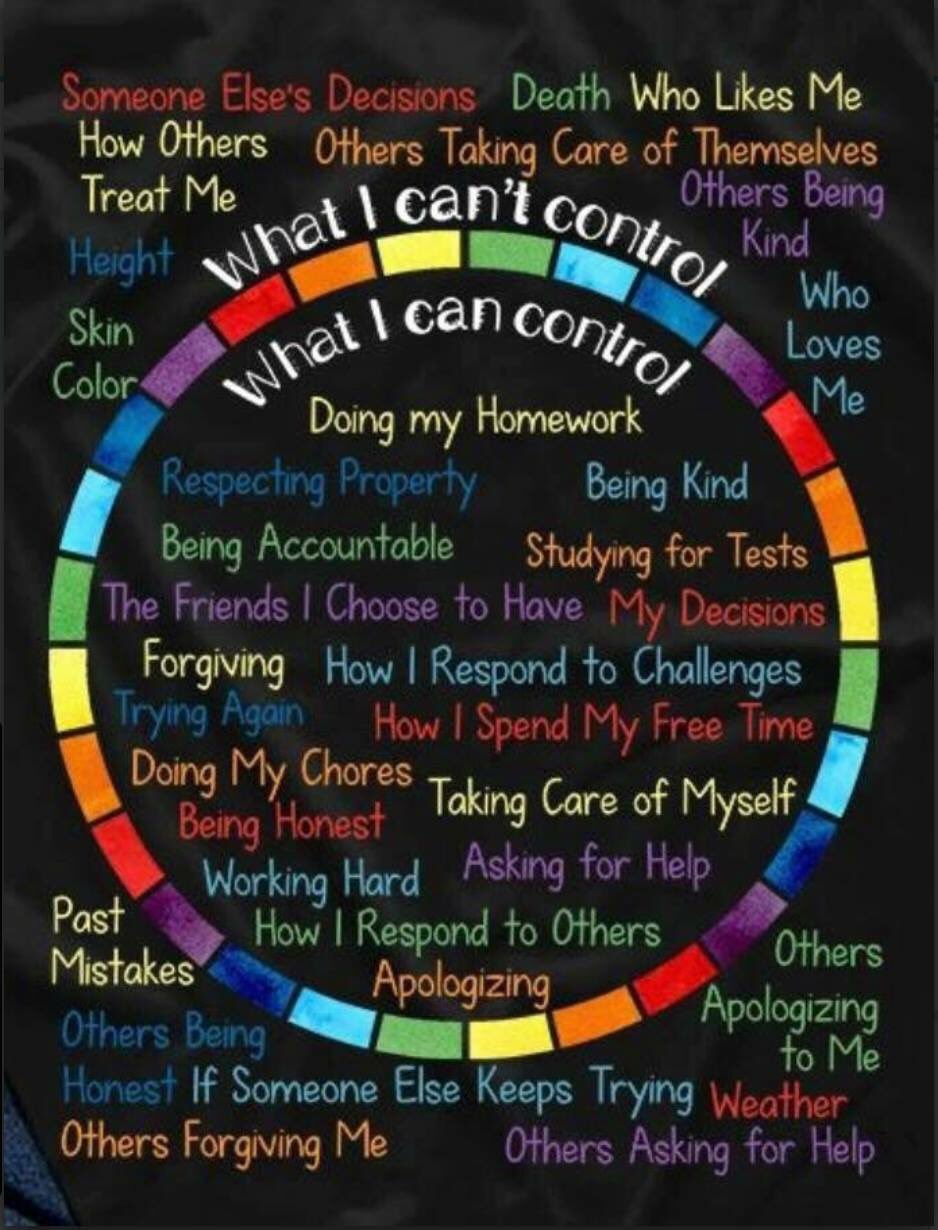This is a series of provocations designed to provide resources for students to inquire into the UN’s Sustainable Development Goals, or SDGs. For more, click here.
The purpose for the SDG of Quality Education is to “Ensure inclusive & equitable education & promote lifelong learning opportunities for all.”
While this goal focuses largely on developing countries, rooting out educational disparities anywhere will aid in this effort. This week’s provocation is designed to get kids thinking about why disparities exist and how progress might be made.
Resource #1: The work of Matiullah Wesa (great article on GlobalCitizen, and his Twitter account is packed with documentation of their efforts).
This was a ruined schools and after extensive campaign by #penpath the school is reopened @NRC_Norway @WillCarter_NRC donated tents and teaching material. It has given hope to hundreds of parents. Today there are tents in the ruined school for children#Afg #school #Children pic.twitter.com/lRh3GK6Bni
— Matiullah Wesa (@matiullahwesa) September 28, 2018
Resource #2: If You Build It by OCP Media
https://vimeo.com/79902240
Resource #3: Cogs by AIME Mentoring
Resource #4: 7 Insane Ways Children Get to School via Global Citizen
“I have to cross this rope bridge everyday to reach my school”.#Indonesia #Education @SBYudhoyono pic.twitter.com/boUpm4IvT5
— Saif (@singleastronaut) April 5, 2014
Resource #5: Dreamers by Yuyi Morales
Provocation Questions:
- What does quality education mean?
- What does it mean for a child to receive quality education?
- How does educating children impact families? Communities? The world?
- What is our responsibility to ensure everyone receives a quality education?
- How does the idea of what makes an education quality change over time?
featured image: DeathToTheStockPhoto



















